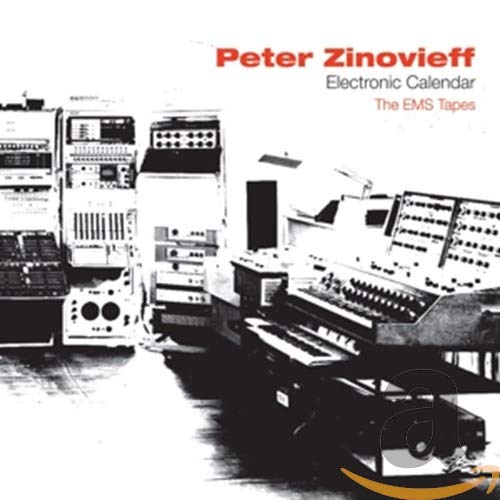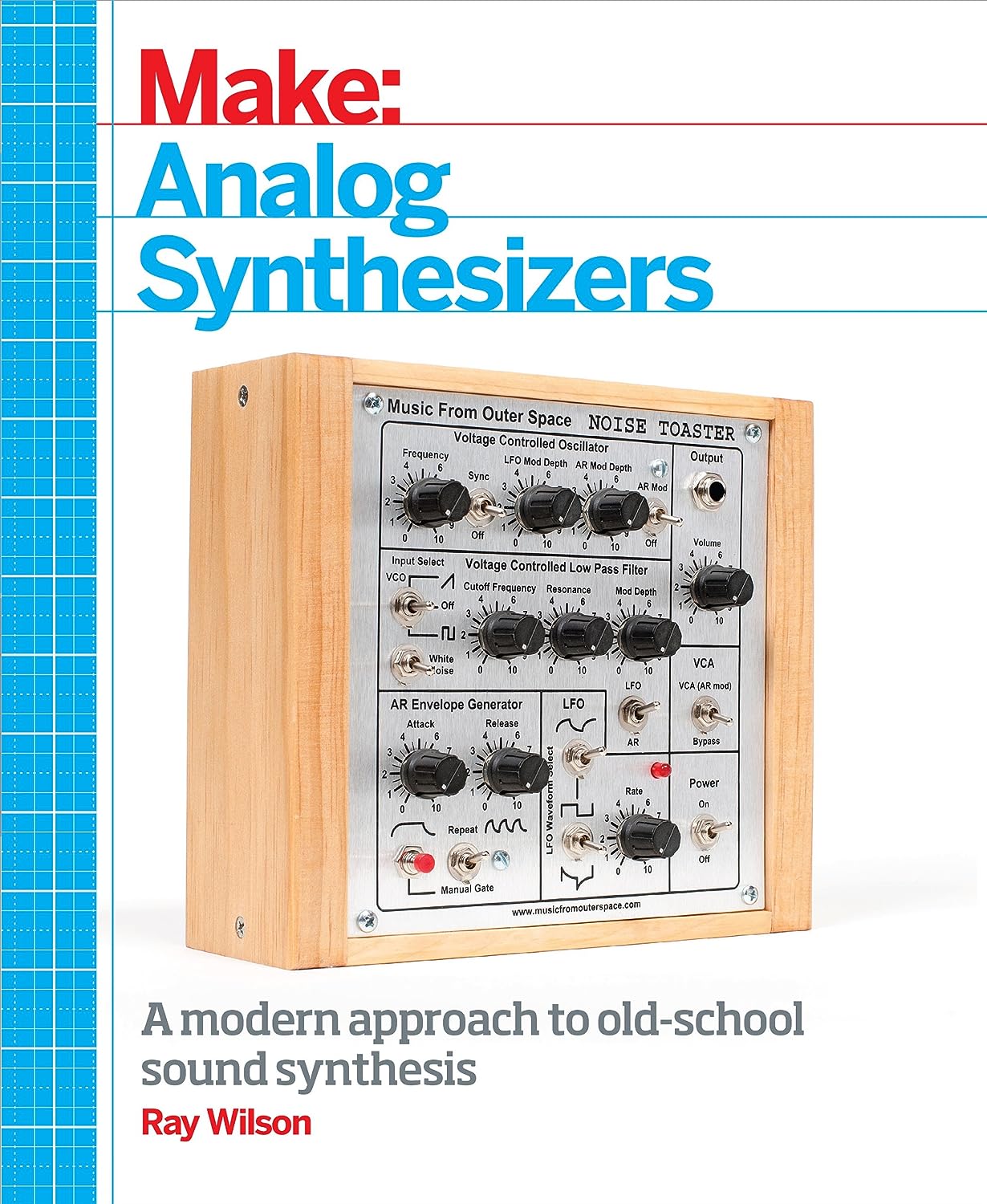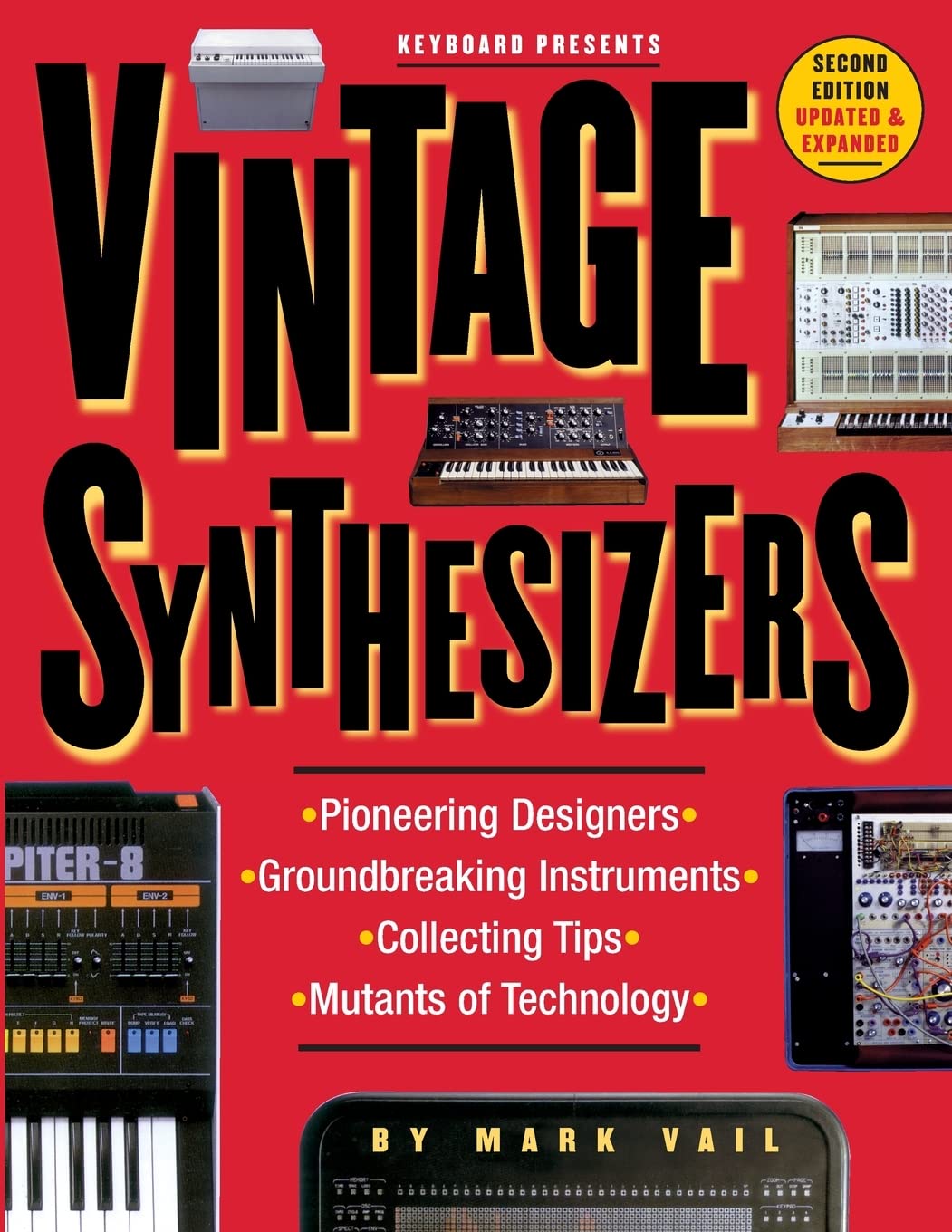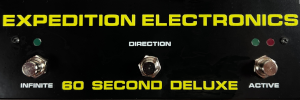 via the MusicPlayer forum. via Sushi for 2 in the comments of this post. Thanks Sushi!
via the MusicPlayer forum. via Sushi for 2 in the comments of this post. Thanks Sushi!Update: below is the original MOOG Voyager prototype at the MOOG factory. Note the similarity with the panel layout. Thanks to pac for pointing it out in the comments.










































removing basic MIDI makes little sense to me.. perhaps omitting USB would have made it more retro.. however MIDI is pretty retro these days.
ReplyDeleteBasically, they just dropped the digital board from the design, they use the existing v-ger analog board and save production costs as both v-gers use the same board.
ReplyDeleteAs a core of a modular system like a Dotcom or a semi-modular system of Moogerfoogers, the OS makes a lot of sense.
If someone wants a version with patch storage and MIDI, well, its already available ;)
I like it!
ReplyDeleteI want to eat it for breakfast! It beautifully merges both extremes.....I cant wait to visit her at NAMM!!!
ReplyDeletetara
www.analogsuicide.com
I think they had to change the analog board just like they did with the digital board. Remember the regulations for leed-free soldering. Only opening a just build Voyager would show us what they changed in the Voyager. And then they "reused" the board also for the new Voyager.
ReplyDeleteI find the new Voyager OS very attractive. This is again a real performing synth like all those pre midi and memory free analog monosynths I used to see all over in the lates seventies/early eighties.
But I got already a Voyager and a working Minimoog. So the gear-lust is not switched on here.
Strange, the Voyager OS doesn´t have an O.S. ;)
ReplyDeleteBirth of a neo-classic!
ReplyDeletegerman synth board "sequencer.de" seems to think it is a photoshop fake still...no word on the moog site/ forum yet (contrary to when the LP came out)
ReplyDeleteit very much looks like the voyager prototype at the moog factory
The knob layout looks identical but the wood and the top left section of the control panel are different. Here's a shot of the prototype: link.
ReplyDeleteWhat is the serial jack for?
ReplyDeleteI want it! 2008 is gonna be an expensive year!
ReplyDelete@ Christine:
ReplyDeleteThe serial jack is used for the external Moog Control Processor (VX-351/352) and gives the base synth more of a modular capability, adding CV and Gate outputs, as well as other features.
I have to say I'm very excited about this! Although the times and technology have changed, I am very wary of digital patch storage (experience with an Akai AX60 among others) and although it has no MIDI- I think it's more appealing to me that way- especially the way it can be potentially used with a modular system... looks like I need to ditch the doepfer and go DotCom :P
I think it looks beautiful!
ReplyDeleteI'll take some close-up shots if its on display at the Moog Booth.
I like that the trendy touch pad is gone. I can live without the patch memory and I can fix the MIDI with a box.
ReplyDeleteNow I'm glad I didnt but that Electric Blue...
i used to think the touchpad was trendy when I had the voyager rack. then i got rid of it and got the full blown voyager, and i must say, there are sounds you can make with the full instrument that just aren't possible without the touchpad.
ReplyDeleteThis comment has been removed by the author.
ReplyDeleteMan it needas to get more old school from now. I wanna see a Voyager in a rack with a huge patchpanel underneath it.
ReplyDeleteThe Moog Modular Voyager !
Have just found a product video on Sonicstate.
ReplyDeletehttp://www.sonicstate.com/news/shownews.cfm?newsid=5944
Enjoy!